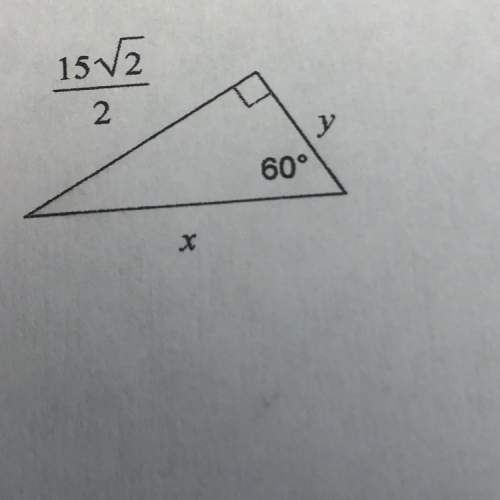
Mathematics, 08.01.2020 05:31 deedee2094
Which section should appear in the appendix of a qualitative proposal? a. review of literature b. findings c. proposed budget d. researcher subjectivity statement 2. which activity is an example of a 'warm-up period for scholarly writing? a. writing a grocery list b. editing the methads section c. charting your progress d. writing a letter to a friend 3. the hook-and-eye technique is a way to detemine if a wrtten passage lacks a. validity b. coherence c. depth d. clarity 4. the core idea that is advanced in a research proposal is an example of a. umbrella thought b. big thought c. little thought d. attention thought 5. logic, flow, and clarity of a manuscript are enhanced hy the presence of a. umbrella thoughts b. big thoughts c. little thoughts d. attention thoughts 6. which function of a research introduction is often underdeveloped in research proposals? a. create reader interest in the topic. b. establish the problerm that leads to the study c. place the study within the larger context of the literature. d. target a specific audience.

Answers: 2
Another question on Mathematics

Mathematics, 21.06.2019 14:00
Suppose a man is heterozygous for heterochromia, an autosomal dominant disorder which causes two different‑colored eyes in an individual, produced 25‑offspring with his normal‑eyed wife. of their children, 15 were heterochromatic and 10 were‑normal. calculate the chi‑square value for this observation.
Answers: 1

Mathematics, 21.06.2019 18:40
Airplane speeds are measured in three different ways: (1) indicated speed, (2) true speed, and (3) ground speed. the indicated airspeed is the airspeed given by an instrument called an airspeed indicator. a plane’s indicated airspeed is different from its true airspeed because the indicator is affected by temperature changes and different altitudes of air pressure. the true airspeed is the speed of the airplane relative to the wind. ground speed is the speed of the airplane relative to the ground. for example, a plane flying at a true airspeed of 150 knots into a headwind of 25 knots will have a ground speed of 125 knots. the problems below refer to static and dynamic pressure. static pressure is used when a body is in motion or at rest at a constant speed and direction. dynamic pressure is used when a body in motion changes speed or direction or both. a gauge compares these pressures, giving pilots an indicated airspeed. in problem #s 1 and 2, use the following information. the indicated airspeed s (in knots) of an airplane is given by an airspeed indicator that measures the difference p (in inches of mercury) between the static and dynamic pressures. the relationship between s and p can be modeled by s=136.4p√+4.5. 1. find the differential pressure when the indicated airspeed is 157 knots. 2. find the change in the differential pressure of an airplane that was traveling at 218 knots and slowed down to195 knots. in problem #s 3 and 4, use the following information. the true airspeed t (in knots) of an airplane can be modeled by t=(1+a50,000) ⋅ s, where a is the altitude (in feet) and s is the indicated airspeed (in knots). 3. write the equation for true airspeed t in terms of altitude and differential pressure p. 4. a plane is flying with a true airspeed of 280 knots at an altitude of 20,000 feet. estimate the differential pressure. explain why you think your estimate is correct.
Answers: 2


Mathematics, 21.06.2019 23:30
Segment wx is shown explain how you would construct a perpendicular bisector of wx using a compass and a straightedge
Answers: 1
You know the right answer?
Which section should appear in the appendix of a qualitative proposal? a. review of literature b. f...
Questions


Computers and Technology, 26.09.2019 01:30


Mathematics, 26.09.2019 01:30


Mathematics, 26.09.2019 01:30

Social Studies, 26.09.2019 01:30


Biology, 26.09.2019 01:30

Mathematics, 26.09.2019 01:30

Social Studies, 26.09.2019 01:30

English, 26.09.2019 01:30



English, 26.09.2019 01:30


Physics, 26.09.2019 01:30






